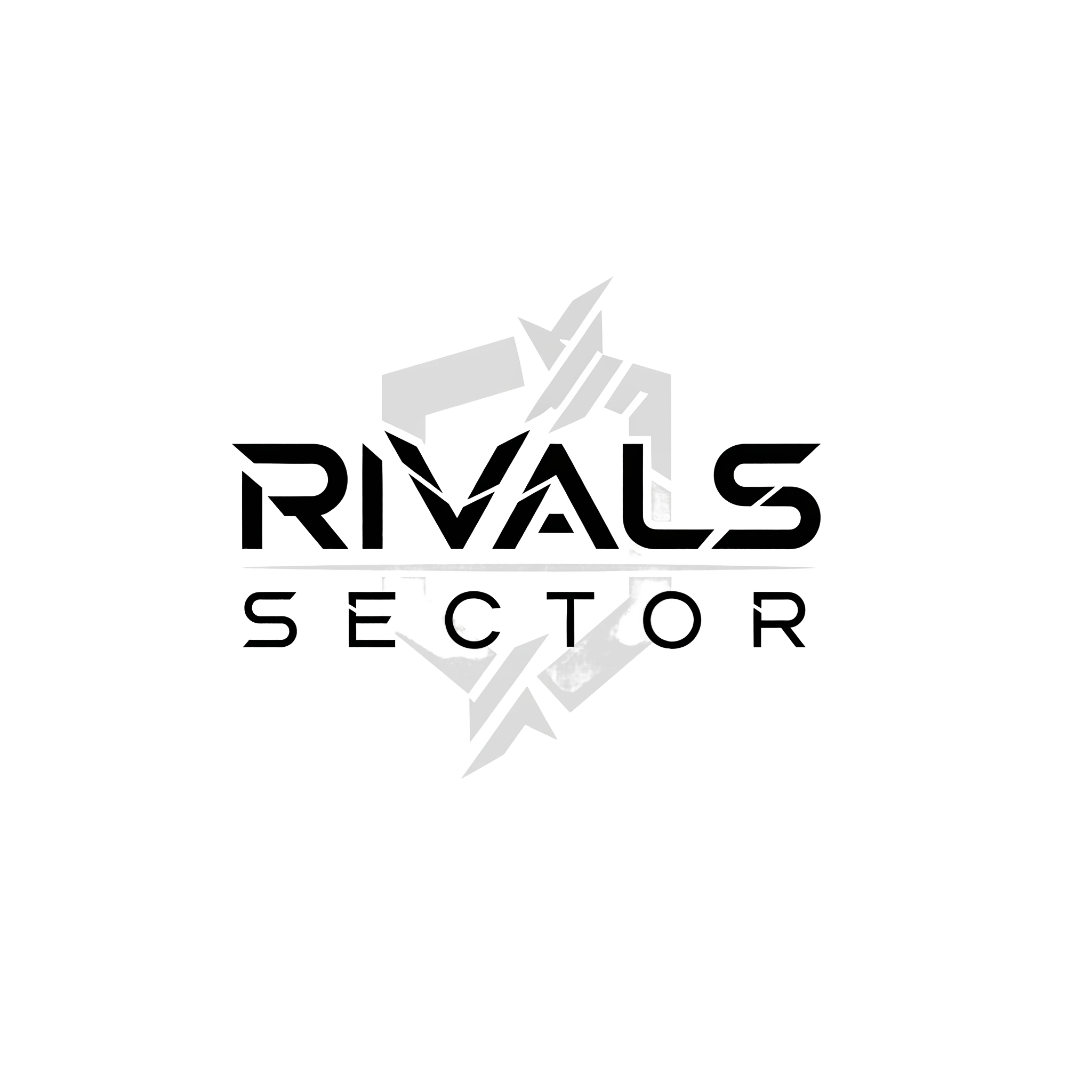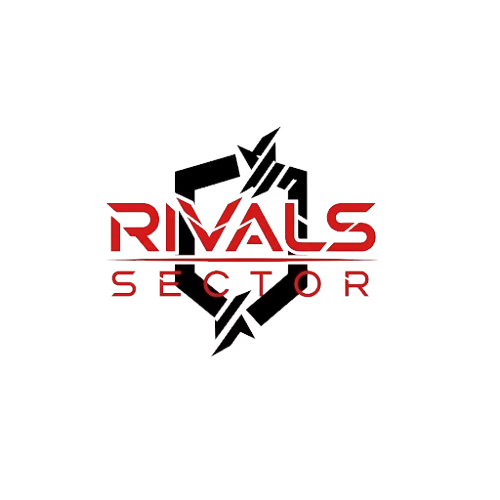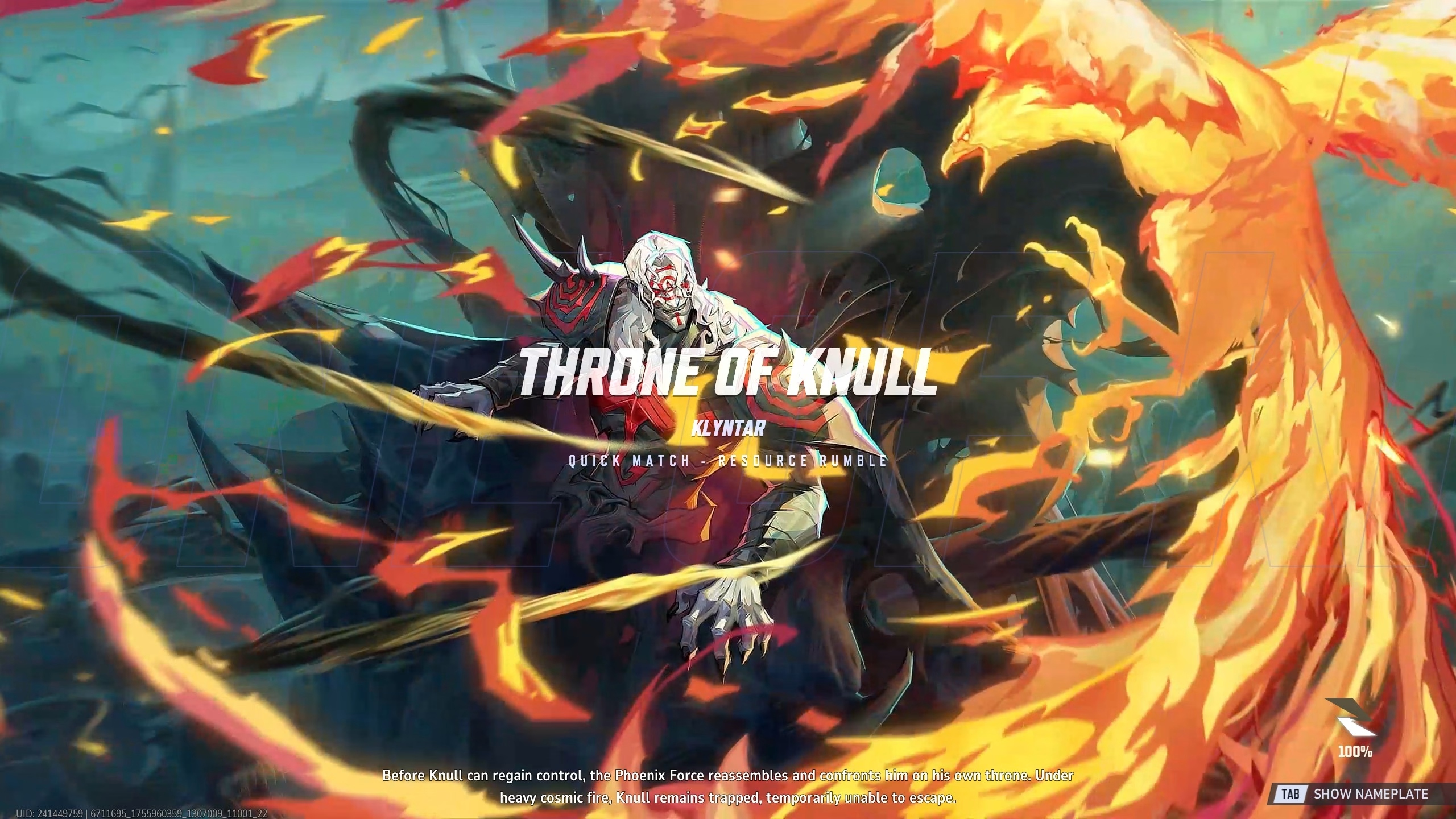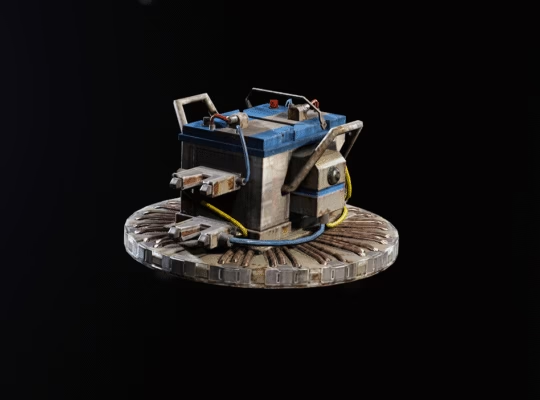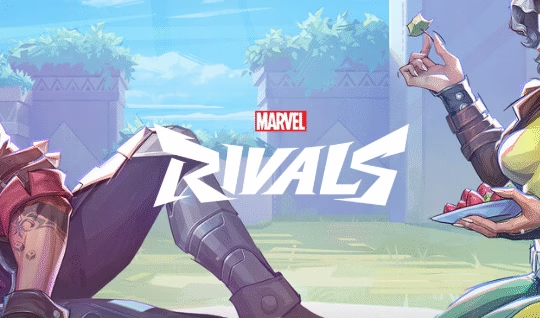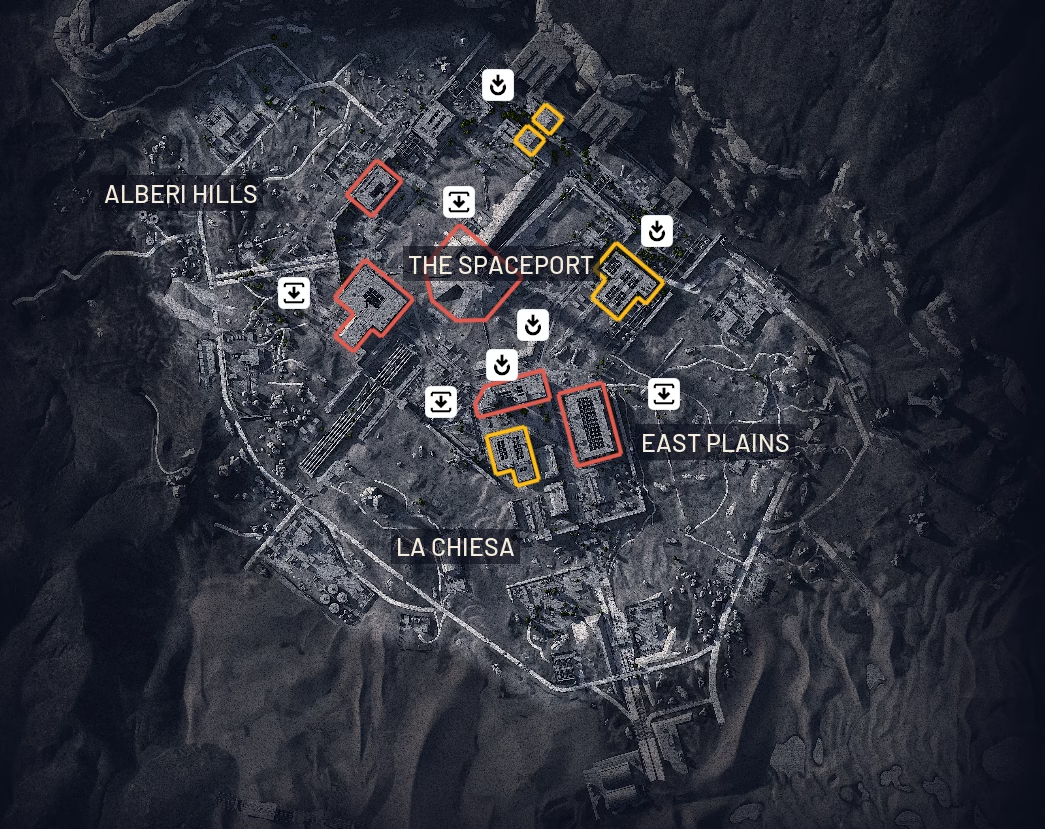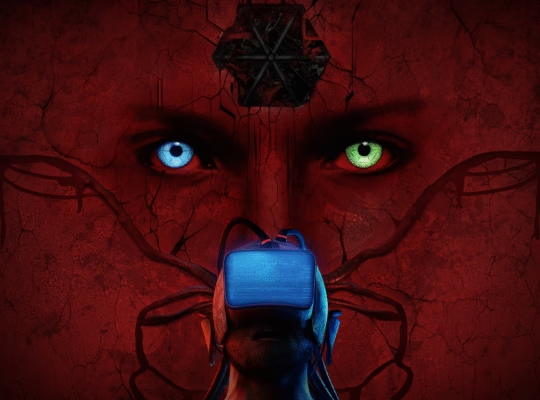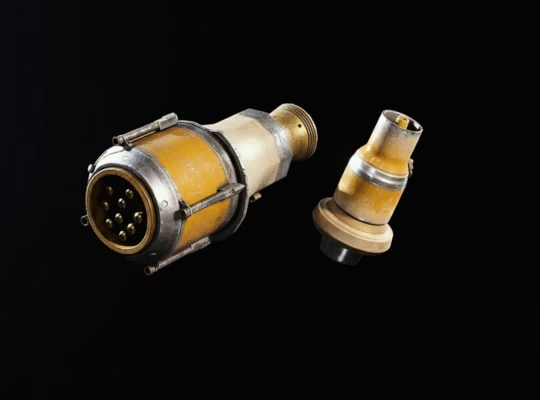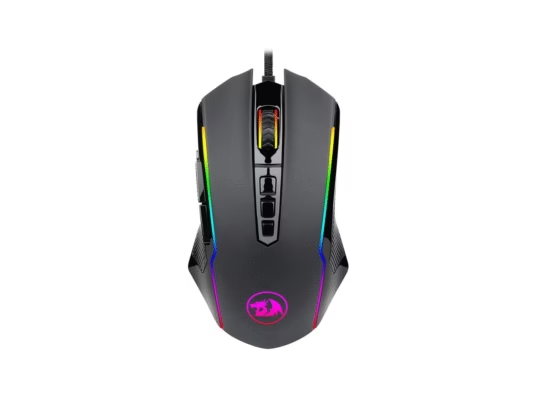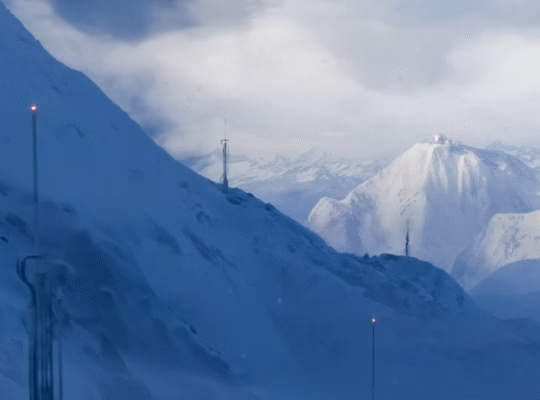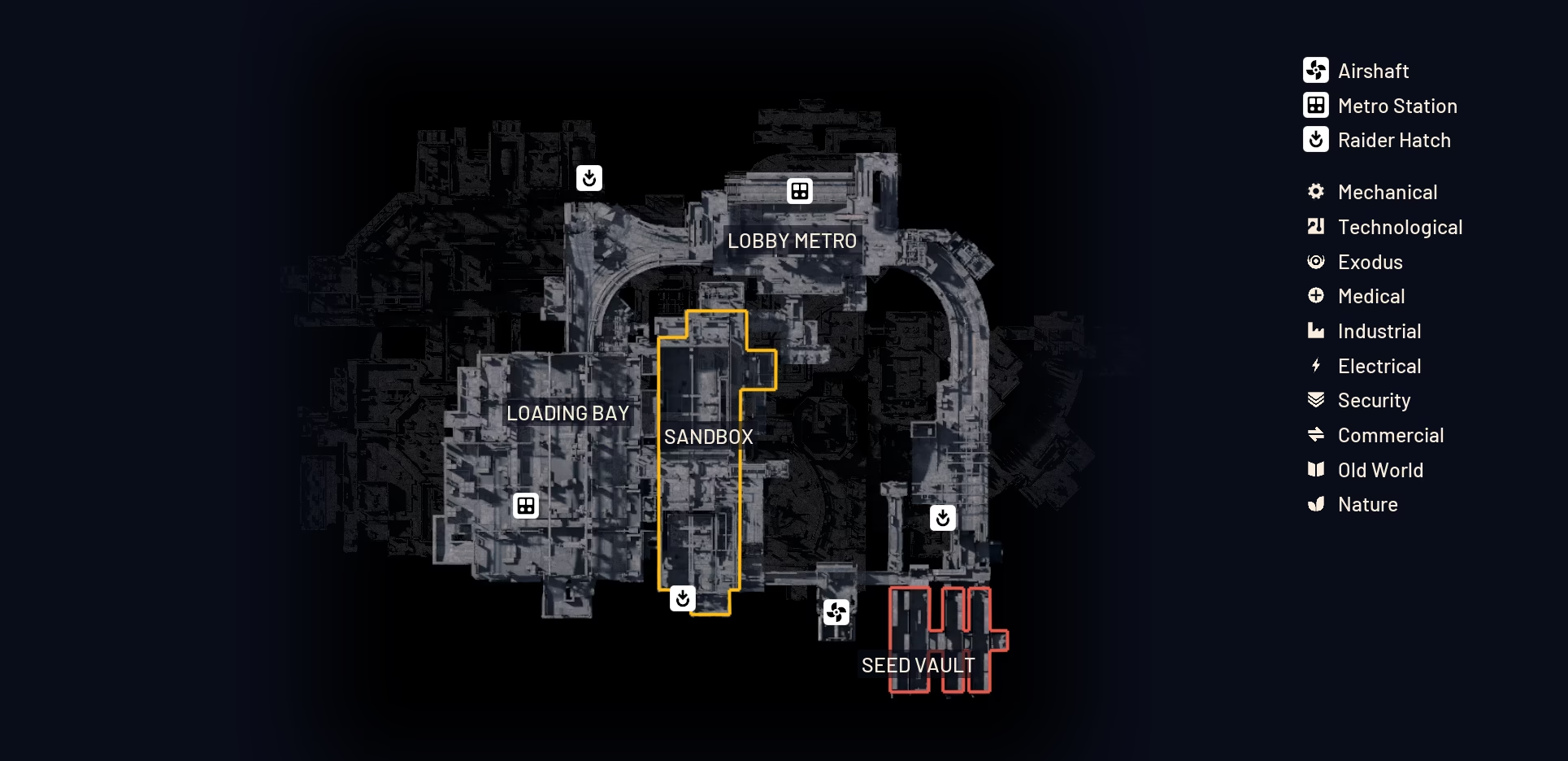Marvel Rivals has continued to expand its roster of maps and modes, and the new Klyntar: Throne of Knull update may represent one of the more ambitious additions to date. This article provides a comprehensive overview of the map, the new Resource Rumble game mode tied to it, likely strategic implications, visual and design notes, and what players and competitive organizers might expect next.
Quick Facts
| Item | Detail |
| Map Name | Klyntar: Throne of Knull |
| New Mode | Resource Rumble |
| Initial Availability | August 21, 2025, in a midseason patch |
| Initial Rollout | Appeared first in Quick Match. Ranked play was added a week later, following community feedback. |
| Mode Mechanics | Teams capture and harvest resources to reach a total of 360 points. Each of the first two resource points provides 210 points. If both teams reach at least 61 points, it triggers the “Hijack Round.” |
| Theme | A deep, cavernous stronghold within the symbiote world, with a cosmic horror tone and a central throne. |
| Central Antagonist / Setpiece | Knull, the symbiote god, bound by residual Phoenix force. |
Map Concept and Narrative Context
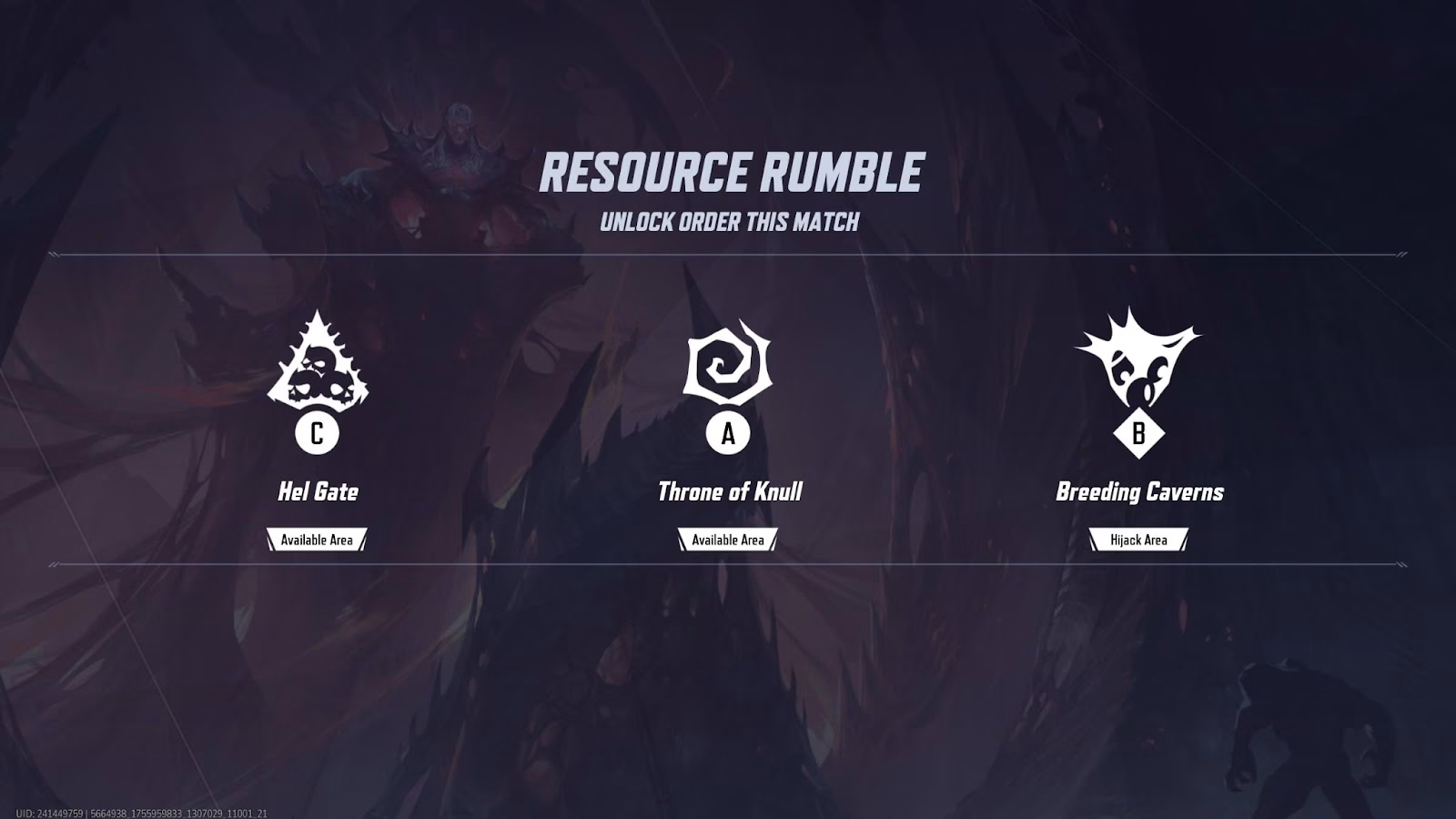
Klyntar: Throne of Knull is presented as a deep, cavernous stronghold within the symbiote world, whose visual language emphasizes sprawling organic architecture, viscous surfaces, and a central throne that anchors both story and gameplay. The map is framed as part of an ongoing narrative in the game where cosmic forces collide – notably the return of the Phoenix Force and the awakening of Knull.
The narrative claim that Knull remains bound or constrained by residual Phoenix power is a compelling storytelling hook, and it may shape how designers place dynamic encounters and environmental hazards on the map. These narrative beats are likely to be expanded over time, and how they feed into seasonal events or future maps may require further observation.
The map’s tone is probably intended to evoke dread rather than simple spectacle, with narrow choke points that can reward coordinated plays and vertical spaces that favor flanking. Designers seem to have balanced spectacle and practical navigation, yet player impressions about whether the map favors certain playstyles over others may differ, so multiple perspectives should be considered before declaring any dominant conclusions.
Resource Rumble – Structure and Core Gameplay
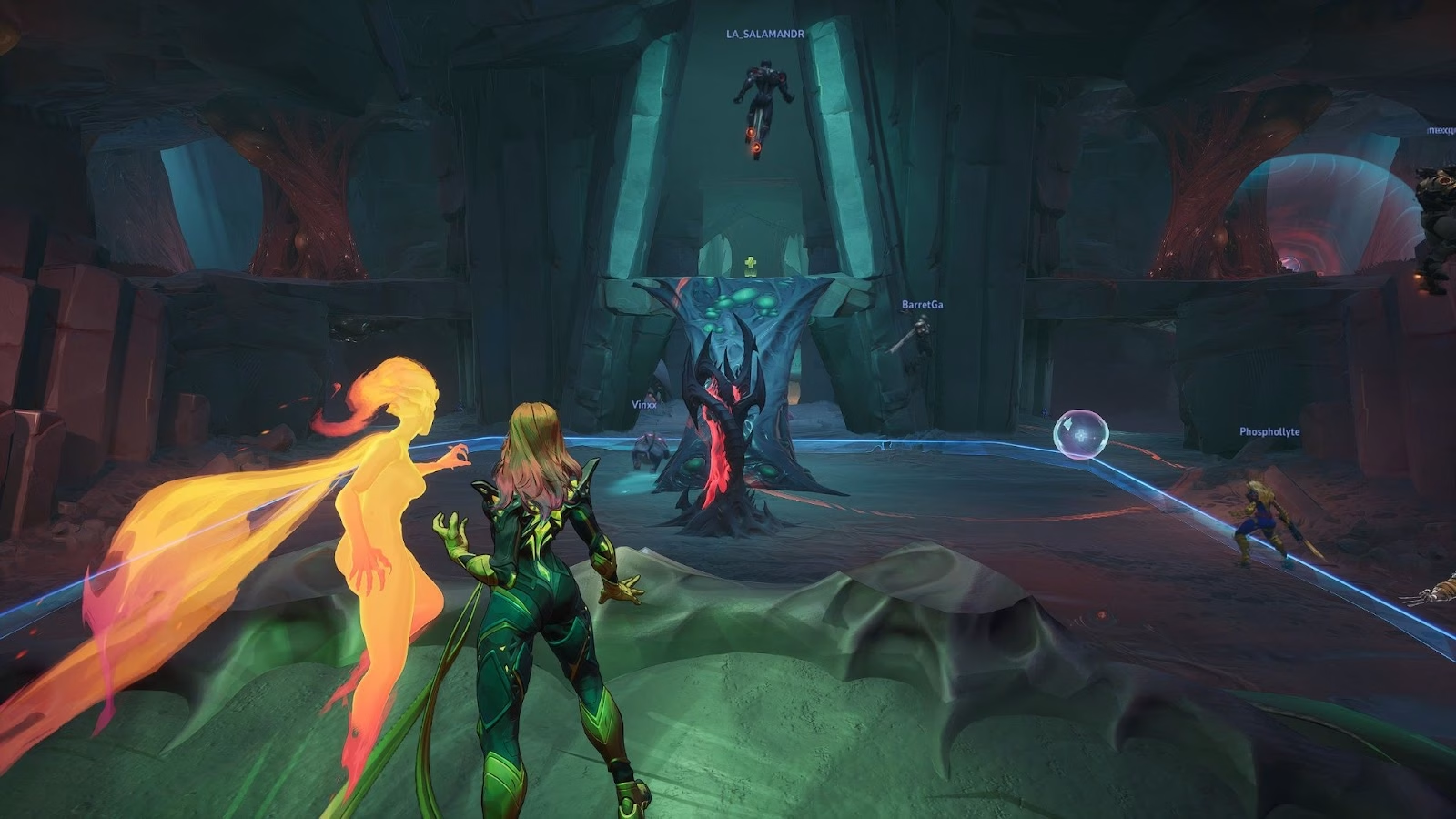
New multi-stage objective mode Resource Rumble is built around capturing and harvesting resource points distributed across the Throne of Knull map. The mode’s structure is intentionally phased, with the core loop centered on a point system. The goal is to be the first team to reach 360 points. The mode moves teams through a sequence of contested areas that escalate in intensity, handing tactical advantages to teams that can both secure points and deny the opponent the ability to harvest.
As we covered on Rivals Sector, the mode was launched with the map on August 21, 2025. It was initially rolled out to Quick Match players while developers gathered feedback before adding it to competitive queues, a smart move that allowed them to tune pacing and resource thresholds based on community input.
A more detailed breakdown of the phases and objectives looks like this:
| Phase | Primary Objective | How it Works |
| Initial Capture | Secure and harvest resources from two points. | Each point, selected at random from locations like Hel Gate and the Breeding Caverns, contains exactly 210 resources. |
| Point Accumulation | Reach a resource threshold to win immediately. | If a team reaches 360 points from capturing and holding the resource nodes, they win the match. |
| Hijack Round | Secure the final point to steal resources. | This final phase, centered around the Throne of Knull, is triggered when both teams reach at least 61 resources. During this stage, the team that holds the objective steals resources from the opposing team, with the first to reach 300 points winning. |
The phased escalation is designed to force strategic choices. You must decide whether to defend your early gains or commit to decisive control over the final objective. This system, with its specific resource numbers and trigger points, adds a layer of complexity that is both fun and strategically deep.
Tactical Implications and Team Composition
Because Resource Rumble emphasizes objective control over pure elimination, team compositions that combine sustained area denial, quick rotation capability, and reliable sustain are likely to be strong early contenders. Duelist heroes who can quickly secure or contest points may be valuable in a map that rewards movement and timely captures, while defensive controllers and disruptors may be able to lock down harvest sites. Some heroes that excel at securing narrow choke points or providing mobile heals could be particularly useful.
However, balance is not fixed, and developers made specific tuning adjustments to hero strengths and roles on the same day the new map dropped. For example, Loki and Human Torch received nerfs, while Blade received a buff, indicating a shift in the meta that was anticipated by the developers. It is therefore prudent to treat early meta conclusions as provisional, and teams should be prepared to adapt as patch notes and community data accumulate. Some experts believe that teams that emphasize communication and role clarity will gain the biggest advantage, while others argue that a meta favoring mobility may emerge – both views could be valid in different skill brackets.
Visuals, Sound, and Environmental Storytelling
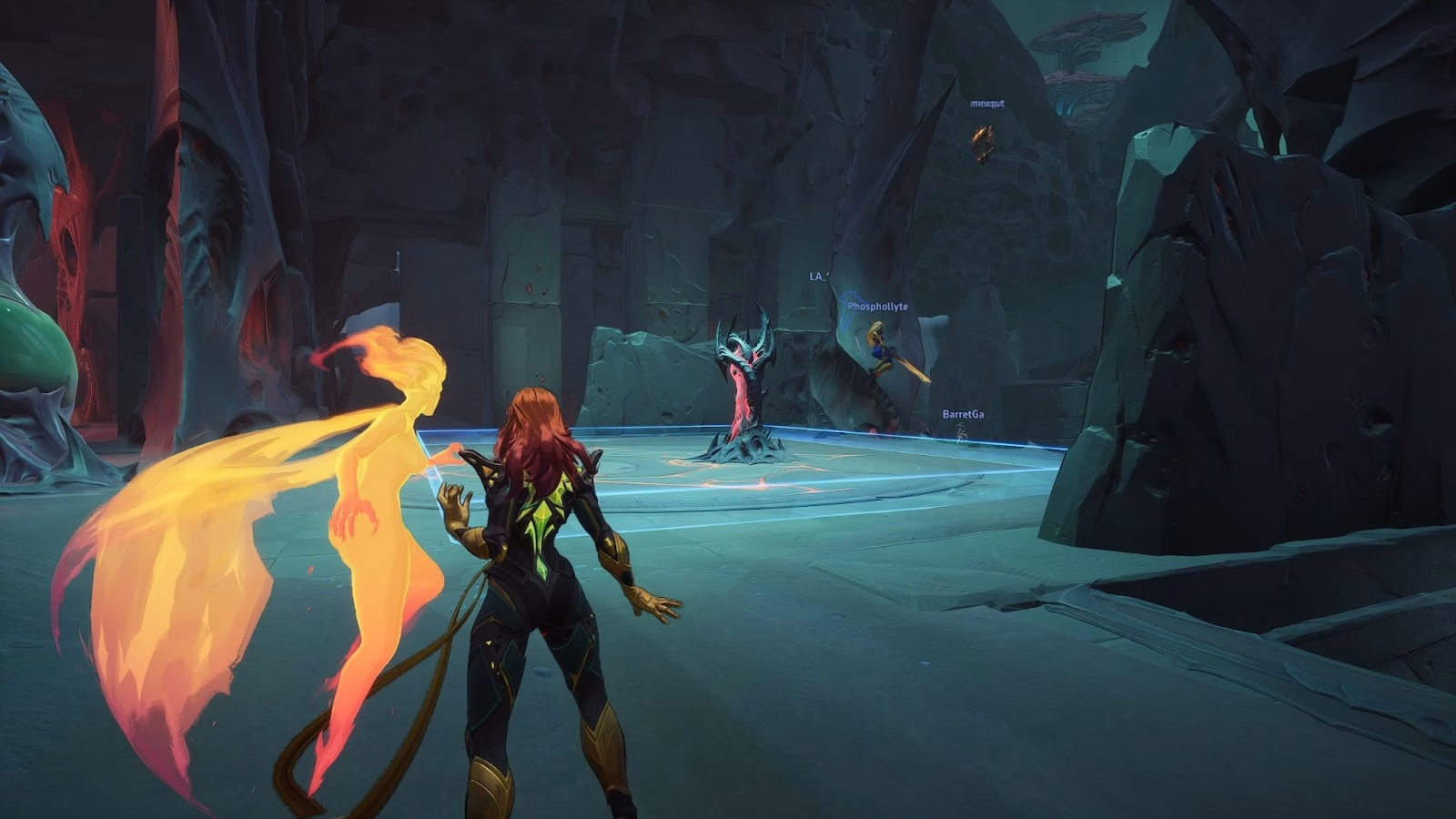
The art direction of Throne of Knull appears to lean into a gothic cosmic horror palette, using deep shadows, bioluminescent highlights, and organic architectural geometry to convey that players are fighting inside a living world. Audio design is likely to reinforce that sensation, with low frequency ambience, distant echoes, and symbiote creature murmurs that build tension rather than simply supplying soundtrack cues.
The map’s verticality, cover placement, and sightlines probably form a careful balance – wide enough to allow dramatic flanks, but constrained enough to give chokepoints strategic significance. That said, opinions about sightline fairness and spawn safety will almost certainly be debated by the community after more hours of play and competitive scrutiny.
Competitive Impact and Balancing Outlook
Introducing a new mode and map may shift both casual and competitive play patterns. The initial Quick Match rollout suggests developers want to collect telemetry and feedback before Resource Rumble affects ranked matchmaking and esports settings. This measured approach is often a signal that tuning is expected – adjustments to resource extraction rates, control durations, spawn logic, or even map geometry could be made in the weeks after release.
From a tournament perspective, Resource Rumble may require new drafting and map control strategies – teams that previously relied on kill-focused tactics will probably be asked to incorporate objective management. Organizers will also need to determine whether the mode is suitable for high-stakes play or better suited as a supplemental event type while balance stabilizes.
Community Reception and Likely Evolution
Early impressions from players combine admiration for the map’s cinematic scale and doubts about complexity or balance. Many players value fresh content, but some will probably raise concerns if particular spots are viewed as exploitable or if the mode rewards stalling tactics. Developers often respond to such feedback with balance patches and minor map edits, so expectations should be tempered with the understanding that evolution is normal and often beneficial.
Because Marvel Rivals runs as a live service, the story elements tied to Knull and the Phoenix Force are likely to be revisited in later seasons, either through limited events, cosmetics, or further map variations. This also means lore details that appear definitive on day one may be retconned or deepened in subsequent updates.
Closing thoughts
Klyntar: Throne of Knull and the Resource Rumble mode present a bold step for Marvel Rivals, combining narrative spectacle with an objective-driven mode that may reward coordinated play. Many of the initial facts about availability and mode structure are established, yet the fine details that determine long-term balance will probably change as developers collect telemetry and player feedback. Some experts may argue that the mode favors objective-focused squads, while others suspect mobility and flanking will dominate; both assessments could be true in different contexts and at different stages of balance.
